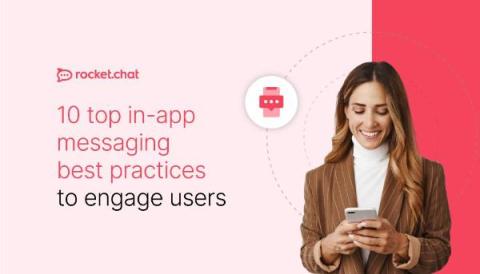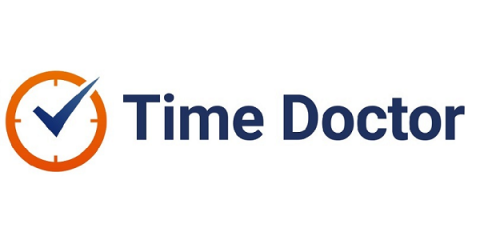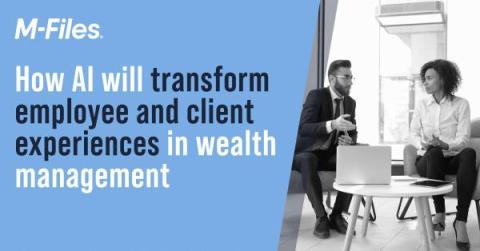10 top in-app messaging best practices to engage users
In-app messaging can be an excellent channel to communicate with users, provide support, deliver updates, and sell your offerings. Appropriate usage of such messaging helps businesses secure customer trust and enhance user experience. So, with targeted elements and dynamic messages, businesses can leverage in-app messaging to drive user engagement and increase sales. In the blog post, let’s explore the in-app messaging best practices you must follow to leverage its fullest potential.











